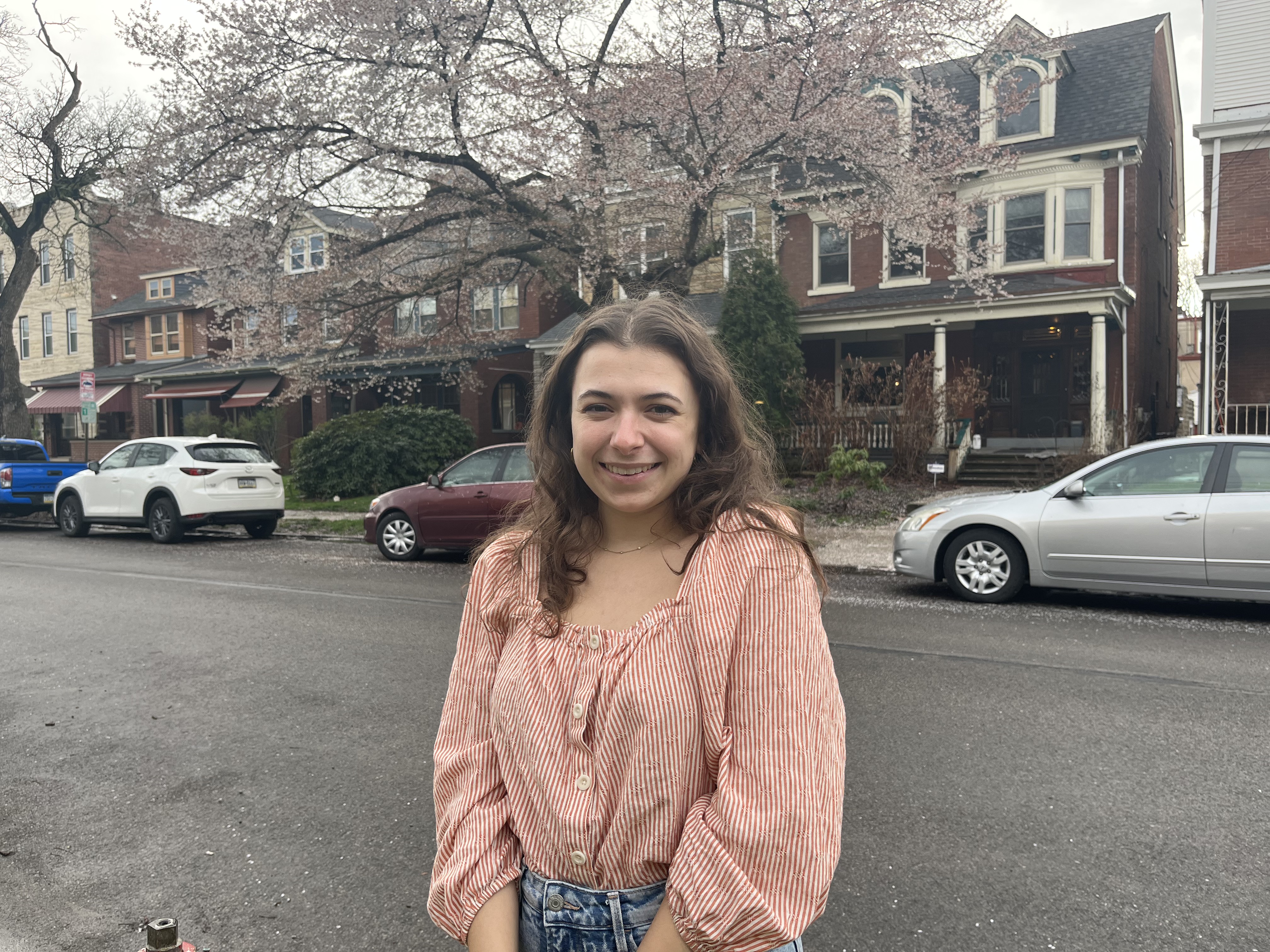Parenting / Families
(PS8-A2) The Predictive Validity of Caregiver Stress on Adolescent Outcomes

Elena Cannova, B.S.
Graduate Student
University of California, Los Angeles
Los Angeles, California- SL
Steve Lee, Ph.D.
Professor and Director of Clinical Psychology Training
UCLA Department of Psychology
Los Angeles, California
Author(s)
Co-Author(s)
Reflecting its multidimensionality (e.g., financial stress, child relationship stress), caregiver stress is hypothesized to causally predict critical child outcomes, including mediation by parenting behaviors (Barroso et al., 2018; Beckerman et al., 2017; Hoeve et al., 2009; Pinquart, 2017). Identifying modifiable factors in the family environment may prevent poor child outcomes or make them more amenable to intervention. To transcend purely predictive associations and consistent with contemporary theories on causal validity (Borsboom et al., 2004), the current project seeks to identify causal mechanisms by testing key parenting factors as temporal mediators. Specifically, we hypothesize that dimensions of parenting behaviors causally explain prospective linkages between dimensions of caregiver stress and youth outcomes. This project aims to (1) test the predictive validity of caregiver stress on adolescent outcomes, and (2) test parenting behaviors as hypothesized mediators of outcomes across a six-to-seven-year follow-up.
230 racially and ethnically diverse children (55% Caucasian; 7% African American; 9% Hispanic; 3% Asian; 23% Mixed/Other/Unknown) and their families completed three study visits. Youth were ages five to ten years old at Wave 1. Two years later at Wave 2, 205 (89%) of the original families completed a follow-up assessment; two years after this at Wave 3, 192 of the 205 (94%) Wave 2 participants returned for the final assessment. At Wave 1, the UCLA Life Stress Interview was administered. This semi-structured clinician-administered interview of parents evaluates chronic and episodic stressors in multiple domains. At Wave 2, self-reports of parenting behaviors were collected via the Alabama Parenting Questionnaire. At Wave 3, the Child Behavior Checklist measured youth internalizing and externalizing psychopathology via youth reports. Due to the range of missing data across variables and multiple time points, the sample size for these preliminary analyses was 93.
Controlling for SES and child ADHD symptoms, parallel mediation models tested self-reported positive and negative parenting behaviors as unique, causal links from caregiver experiences of chronic child relationship stress, and objective and subjective ratings of episodic stress to adolescent externalizing outcomes. For chronic stress, there were significant (p< .05) total (B=4.98, SE=1.91) and direct (B=4.91, SE=1.87) effects. Similarly, subjective episodic stress yielded significant (p< .05) total (B=2.63, SE=1.17) and direct (B=3.03, SE=1.20) effects on adolescent externalizing behaviors. No significant effects were found for objective episodic stress and parenting behaviors did not mediate these associations. For the final poster, we will employ rigorous missing data procedures (e.g., FIML or multiple imputation) to maximize statistical power and test children’s internalizing symptoms as an additional outcome.
Preliminary results suggested that objectively rated chronic and subjectively rated episodic caregiver stress prospectively predicted child outcomes. Future studies should continue to examine potential mechanisms of risk connecting caregiver stress to child outcomes in the transition to adolescence.

